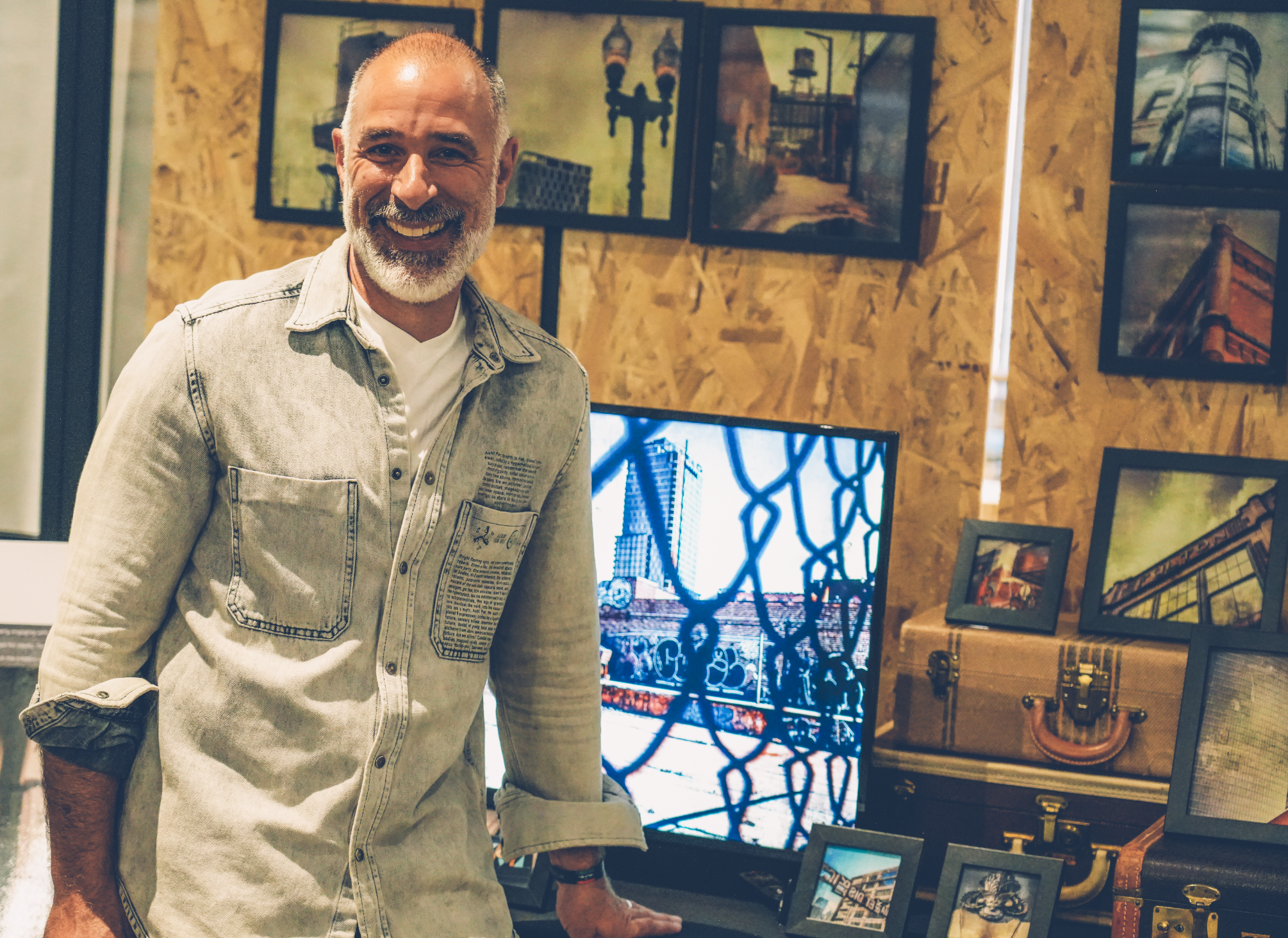Creative Placemaking in Commercial and Multi-Unit Properties: Elevating Branding Through Art & Accessories
In the highly competitive world of commercial real estate, branding extends far beyond a logo or website. The physical spaces we create and inhabit play a crucial role in defining the identity of a property, shaping tenant and visitor experiences, and fostering long-term engagement. As more developers and property owners invest in amenity spaces to attract and retain tenants, creative placemaking is emerging as a powerful strategy that takes these environments to an entirely new level. By systematically incorporating art, culture, and experiential design, commercial spaces can become immersive, inspiring, and deeply connected to their communities. Torque has discovered that even the styling of the shelves and counters, the colors of the walls, the inclusion of art objects or the curation of space's decor has a significant impact on people, their enjoyment and their desire to be in a space.
Beyond Amenities: The Power of Creative Placemaking
Gone are the days when a gym, lounge, or rooftop terrace was enough to distinguish a property. Today, real estate developers and property managers are tasked with creating spaces that captivate, engage, and resonate with their audience. Creative placemaking is the process of intentionally shaping the character and atmosphere of a space through a combination of art, culture, and community-driven experiences. It transforms otherwise ordinary commercial environments into dynamic hubs of interaction, creativity, and inspiration.
Activating Spaces: Art, Music, Events & Experiences
Art and accessories serve as more than just decorative elements; they are essential tools in storytelling and brand differentiation. Incorporating curated art collections, immersive installations, and design-forward accessories can make an office building, hotel, or multi-family property feel not only aesthetically appealing but also emotionally compelling.
Adding music, live performances, and thoughtfully curated events further enhances these spaces, turning them into destinations rather than just places people pass through. For example:
Office Buildings: Incorporating rotating art exhibits in lobbies or common areas keeps spaces fresh and engaging, creating ongoing interest among tenants and visitors.
Multi-Family Developments: Murals, sculpture gardens, or interactive public art encourage community engagement and build a unique sense of place.
Hotels: Experiential design, from locally sourced artwork in guest rooms to live music in communal lounges, helps differentiate the brand and create a lasting impression.
Retail Spaces: Digital art projections, artist collaborations, and pop-up events create an interactive environment that enhances customer engagement and brand loyalty.
From Beautiful to Transformative: The Experiential Shift
Creating a visually appealing space is important, but making it experiential takes it a step further. Beautiful spaces invite admiration, but experiential spaces invite participation. Research from Your Brain on Art: How the Arts Transform Us supports the idea that engaging with art and culture has profound effects on cognitive function, emotional well-being, and social connection. Spaces designed with this in mind do more than just look good; they actively contribute to a sense of belonging, creativity, and well-being.
Consider the sensory impact of a space:
Does it encourage curiosity and interaction?
Does it provide opportunities for social engagement and storytelling?
Does it evoke emotion or create a sense of wonder?
By taking a holistic approach to placemaking, property owners can ensure that their spaces are not just visually compelling but also deeply meaningful and memorable.
Art, music, and cultural events in office spaces
The Future of Branding in Real Estate: Aesthetic Meets Experience
As commercial and multi-unit properties continue to evolve, the importance of integrating art, culture, and experiential design will only grow. The next wave of real estate branding is not just about building spaces but about activating them—making them immersive, story-driven environments that attract tenants, guests, and customers alike.
Investing in curated art, accessories, and experiential design is no longer just a ‘nice to have’—it is a strategic imperative that enhances value, fosters emotional connections, and ultimately differentiates a property in a crowded market. Creative placemaking is the key to unlocking the full potential of commercial real estate, transforming everyday environments into extraordinary experiences.


























